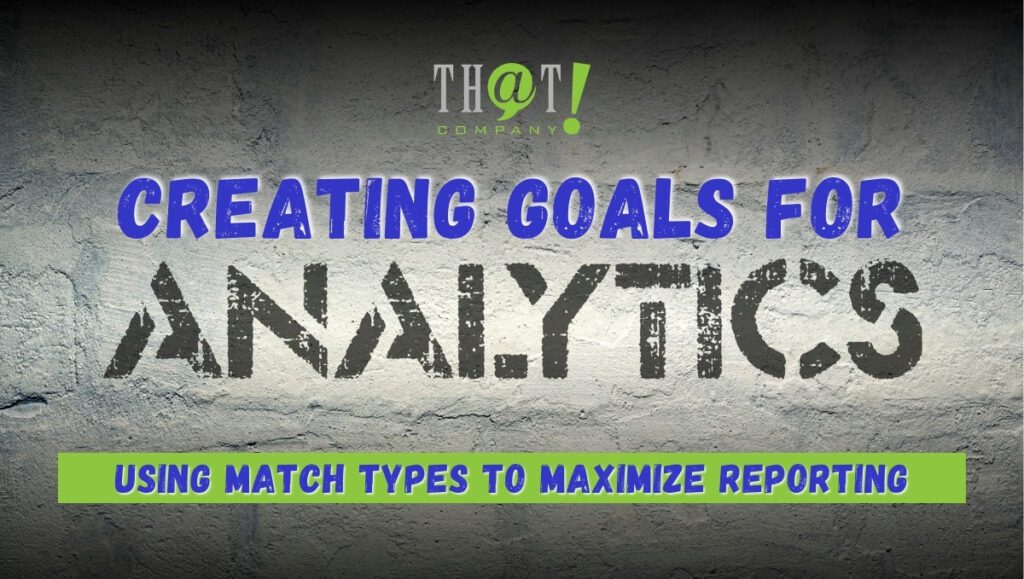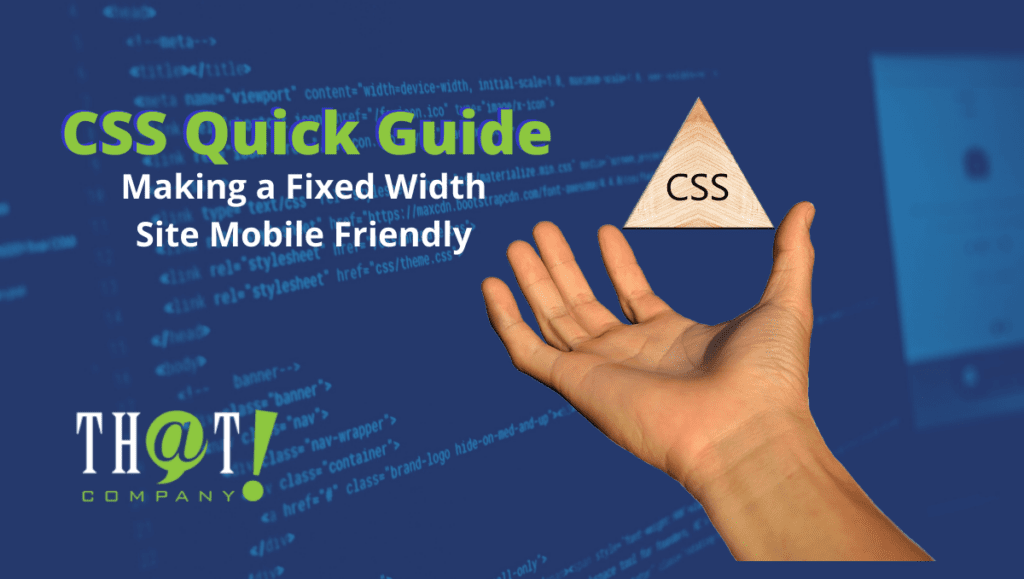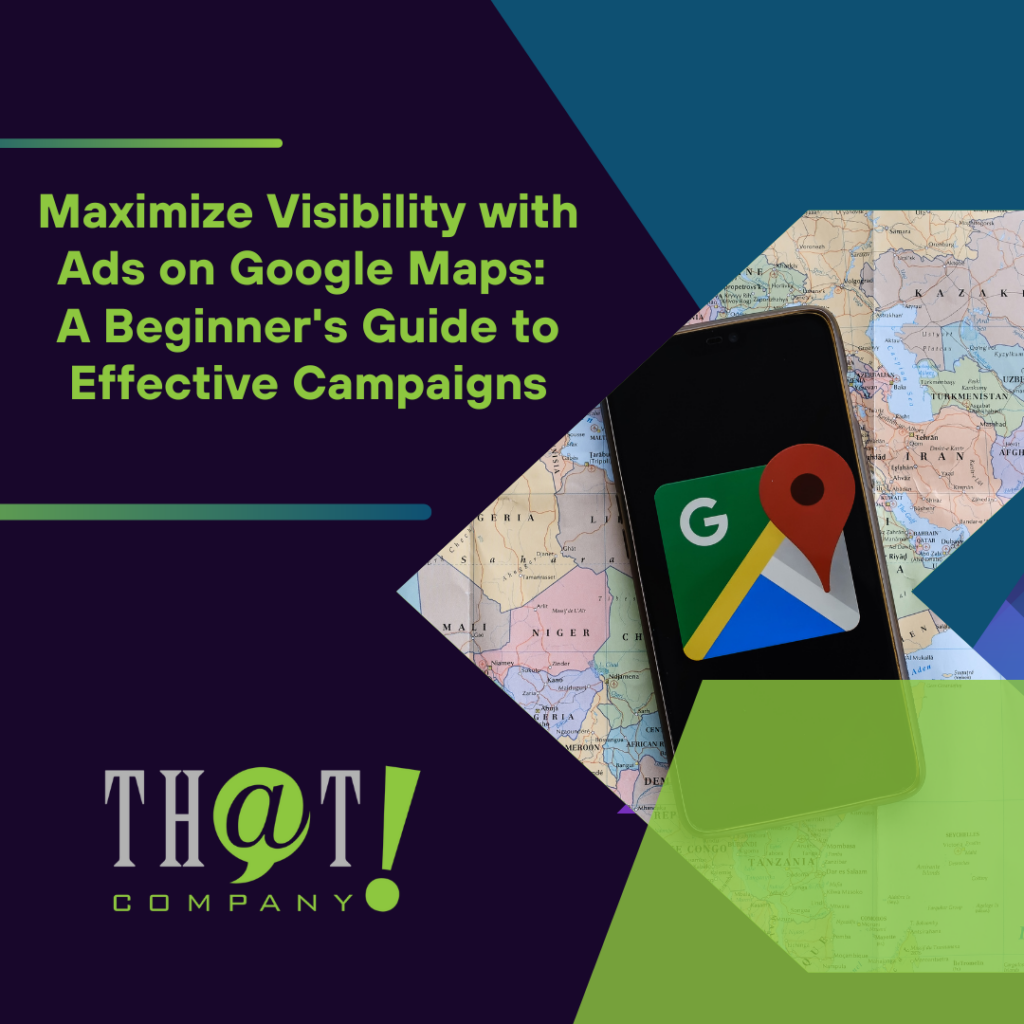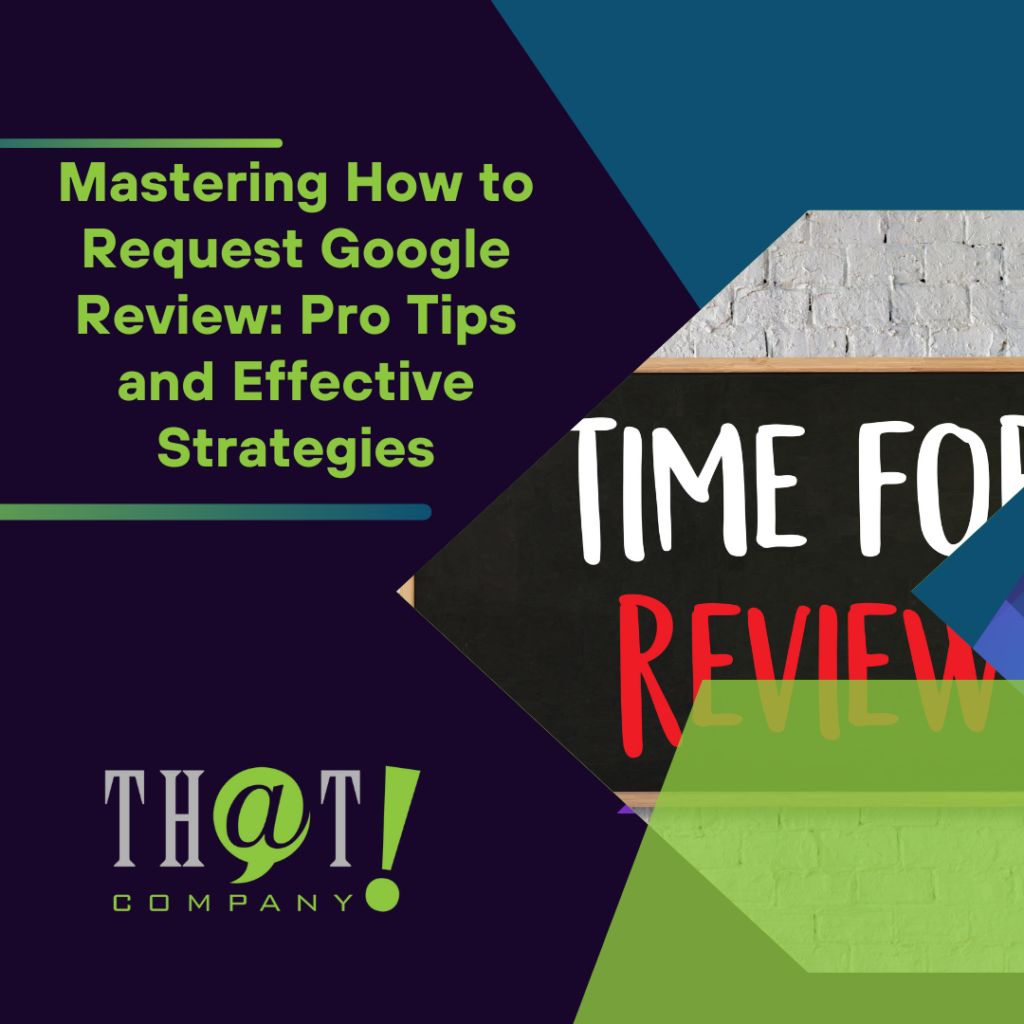
Want to boost your blog’s visibility and attract more readers? Mastering SEO in blog posts is key. This guide will teach you actionable SEO techniques: from keyword research and crafting compelling titles to optimizing content structure and using rich media. Get ready to make your blog more attractive to search engines and users.
Key Takeaways
- Mastering SEO enhances blog visibility, attracts targeted traffic, and boosts user engagement.
- Effective keyword research and engaging content are vital components for driving organic traffic and improving search rankings.
- Consistent promotion and regular content updates are crucial for maintaining relevance and authority in search engines.
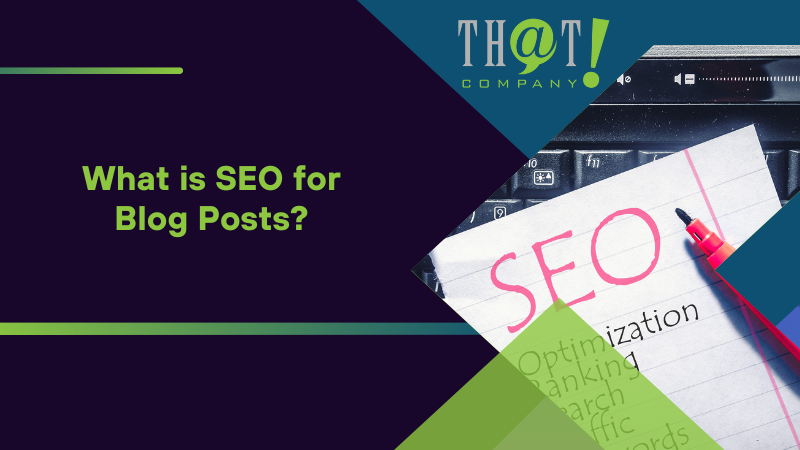
What is SEO for Blog Posts?
SEO for blog posts is the process of writing, optimizing, and publishing blogs in a way that makes them attractive to search engines and users alike. The main goal of optimizing a blog for SEO is to increase its visibility on search engines, which in turn drives more organic traffic to the blog. Essentially, SEO helps align your blog’s content with user search intent, ensuring that the right audience finds your posts.
Incorporating SEO techniques into your blog posts improves search engine rankings and attracts a larger audience. This involves using relevant keywords, crafting compelling titles, and creating high-quality content that satisfies reader intent.
Effective blog SEO strategies not only enhance your blog’s visibility but also boost brand awareness and keep your content fresh and engaging. In short, mastering SEO is crucial for anyone looking to optimize their blog and reach a wider audience.
As the leading white label search engine optimization company, we help agencies world-wide deliver outstanding SEO results for their end clients. Can we help you? Learn more about our White Label SEO Services to learn how we help you achieve the desired outcomes fro your clients today.

Why SEO is Crucial for Blogs
SEO is crucial for blogs because it helps attract relevant readers by meeting their informational intent. When your blog content aligns with what users are searching for, it increases the likelihood of attracting the right audience. This, in turn, leads to higher user engagement and conversions, especially when your blog is mobile-friendly. Effective keyword research and promotion methods can significantly boost your blog’s visibility and reader engagement. Partnering with a white label digital marketing company can also help you implement advanced SEO strategies to maximize your blog’s potential.
Moreover, backlinks play a vital role in blog SEO, as they signal to search engines that your content is valuable and trustworthy. Promoting your blog posts through various online channels not only enhances visibility but also helps build a loyal readership.
By optimizing your blog for SEO, you can enhance your search engine rankings, boost organic traffic, and ultimately achieve your blogging goals. Essentially, mastering SEO is a crucial aspect of a successful blogging strategy.

Conducting Keyword Research
Keyword research is the backbone of any successful SEO strategy. It involves identifying the right keywords that your target audience is using to search for content similar to yours. Targeting these keywords allows you to optimize your blog posts to rank higher in search engine results. This not only improves your search engine rankings but also drives more organic traffic to your blog.
To conduct effective keyword research, you need to understand your niche and the topics that are most relevant to your audience. SEO tools like the Keyword Magic Tool can help you discover high-volume and low-competition keywords.
Additionally, analyzing top-ranking pages can provide insights into user search intent and help you create content that meets those needs. Focusing on the right keywords boosts your blog’s visibility and attracts a more targeted audience.
Finding Relevant Keywords
Finding relevant keywords is essential for optimizing your blog posts. The primary search phrase that users are likely to use to find your article is known as the focus keyword. Each blog post needs one primary keyword. You should optimize your content around that keyword. Additionally, using Latent Semantic Indexing (LSI) keywords, which are related keywords, can enhance the relevance of your content.
You can find LSI keywords by entering your focus keyword into Google Search and checking the bottom of the search results. Including the focus keyword and LSI keywords in your blog post’s URL can also improve its SEO. Short, custom URLs are recommended for better SEO performance.
Targeting the right keywords and optimizing your content improves your blog’s search engine rankings and attracts more relevant traffic.
Using Long-Tail Keywords
Utilizing long-tail keywords is a powerful strategy for new blogs to gain visibility quickly. Long-tail keywords are specific phrases that target particular search intents, which helps reduce competition and attract a more targeted audience. Focusing on long-tail keywords meets specific user needs and improves your search rankings.
Long-tail keywords not only help you rank faster but also improve your capacity to tackle detailed and niche topics. This strategy enables you to produce content that connects with your audience and offers valuable information they are seeking.
Incorporating long-tail keywords into your research and content strategy significantly boosts blog visibility and engagement.
Analyzing Competitor Keywords
Analyzing competitor keywords can provide valuable insights into which keywords are driving traffic to their blogs. Reviewing your competitors’ content helps identify keyword opportunities missing from your strategy. This competitive research helps you discover gaps in your competitors’ keyword strategies, allowing you to target underserved keywords and attract more traffic.
Incorporating insights from competitor keyword analysis into your content plan can enhance your SEO strategy and increase organic traffic. Understanding which keywords your competitors rank for allows you to optimize your own blog posts more effectively. This approach not only boosts your search engine rankings but also helps you stay ahead of the competition.

Crafting SEO-Friendly Blog Titles
Crafting SEO-friendly blog titles is crucial for attracting readers and improving search engine rankings. A well-crafted title can significantly influence click-through rates (CTR), which measures how often users click on your site in search results. To create effective titles, use action-oriented words that make the titles more enticing and encourage clicks from readers.
Including primary keywords in your blog post title should be done naturally and not forced into the wording. A clear and catchy title that focuses on a single main topic helps maintain clarity and relevance.
Optimizing your blog titles with relevant keywords and making them appealing improves visibility and drives more traffic.

Writing High-Quality Content
Writing high-quality content is the cornerstone of successful blog SEO. Always write for people, not search engines, to satisfy reader intent and provide value. High-quality content should address the search intent as perceived by search engines to reduce bounce rates and enhance user experience. Avoiding keyword stuffing is essential, as it can negatively affect the perceived quality of your content.
Creating in-depth, high-value content typically results in more shares and increased visibility. Quality content is a driving factor for higher rankings and increased traffic to your blog.
Hiring subject matter experts and using headings and subheadings makes your blog posts comprehensive and easy to read. Lists and tips format tend to be preferred by searchers for easier information delivery. Providing engaging and valuable content is key to successful blog SEO.
Structuring Your Content
Structuring your content effectively enhances readability and SEO performance. The SEO Writing Assistant can help identify sentences or words needing improvement for readability. Tags and categories play a crucial role in organizing your content, making it easier for readers and search engines to navigate.
Using bullet points can help present information clearly and concisely. Additionally, breaking your content into smaller paragraphs, using headings and subheadings, and incorporating images can make your blog posts more engaging and SEO-friendly.
A well-structured new blog post improves user experience and increases the chances of ranking higher in search results.
Avoiding Keyword Stuffing
Avoiding keyword stuffing is crucial for maintaining readability and improving SEO. While meta descriptions do not need to contain keywords, they should provide a concise summary of the content to engage users. Using keywords naturally within your blog content is essential for maintaining readability and improving SEO.
Incorporating keywords in a manner that feels organic and relevant to the content enhances reader engagement. Best practices to avoid keyword stuffing include focusing on context, maintaining natural flow, and utilizing alternative phrasing and synonyms.
Following these practices ensures your content is both reader-friendly and SEO-friendly.
Incorporating Rich Media
Incorporating rich media into your blog posts can significantly enhance user engagement and improve SEO performance. Adding images and videos to your content keeps readers engaged longer, reducing bounce rates and helping your blog rank higher in search results. Infographics and videos can provide valuable information in a visually appealing format, making your content more attractive to readers.
Using interactive content like polls and quizzes can further boost reader engagement. Creating polls or surveys within blog posts can foster interaction and provide valuable feedback from your audience.
Describing images through alt text helps visually impaired users and search engines understand the content of the images, enhancing accessibility and SEO. Incorporating rich media creates high-quality content that engages readers and improves your blog’s SEO.

On-Page SEO Techniques
On-page SEO involves optimizing various elements of your web pages to improve visibility and user experience. This includes utilizing relevant keywords, optimizing meta descriptions, and integrating internal and external links. Search engines favor content that effectively answers users’ questions, so it is crucial to create useful, interesting, and well-organized content. Partnering with a white label SEO provider can help streamline this process and enhance your website’s performance in search rankings.
Readability is also an important factor in SEO, as it improves the ranking of your articles and encourages users to stay longer on your site. Techniques that improve article readability include using short sentences, smaller paragraphs, headings, bullet lists, and white space.
Implementing effective on-page SEO techniques enhances your blog’s performance and visibility in search results through search engine optimization.
Optimizing Meta Descriptions
Optimizing meta descriptions is essential for improving click-through rates and SEO. A meta description serves as a brief summary of the article. It is intended for search engines and crawlers. Creating unique meta descriptions for each page helps avoid duplication and can enhance click-through rates.
Including a focus keyword in the meta description improves its relevance and helps meet user intent. Writing custom meta descriptions is more effective than relying on Google’s auto-generated ones.
Optimizing your meta descriptions improves your blog’s visibility and attracts more traffic from search engines.
Using Alt Text for Images
Alt text is a textual description added to images that helps visually impaired users and search engines understand the content of the images. By describing images through alt text, you enhance accessibility for visually impaired users who rely on screen readers to understand image content.
Alt text assists search engines in accurately indexing images, contributing to better visibility in search results and enhanced overall SEO. Using alt text benefits users by providing context and aids search engines in effective indexing, thereby improving the accessibility and SEO of your blog.
Incorporating alt text for images creates a more inclusive and SEO-friendly blog.
Internal Linking Strategies
Internal linking is a powerful strategy for improving user navigation and SEO. A blog provides an ideal platform for incorporating internal links, aiding in site navigation and SEO. Internal linking can significantly enhance user navigation and help search engines discover more pages on your site.
Using descriptive anchor text that relates to the linked post content is crucial for effective internal linking. Adding 5-10 internal links to new posts and 5-10 from older posts back to the new post can significantly improve your blog’s SEO.
Implementing internal linking strategies enhances your blog’s visibility and user experience.

Technical SEO Considerations
Technical SEO considerations are essential for improving your blog’s performance and visibility in search engines. Optimizing for mobile-friendliness, improving site speed, and fixing crawl errors are crucial aspects of technical SEO. Tools like Semrush’s Site Audit can help monitor and fix technical SEO issues.
Addressing technical SEO aspects enhances user experience and improves your blog’s search engine rankings. This involves ensuring that your blog is accessible across various devices, loads quickly, and is free of crawl errors.
Focusing on technical SEO optimizes your blog for better performance and visibility.
Improving Page Speed
Improving page speed is critical for SEO and user retention. Users typically expect a website to load in under six seconds, and faster loading times significantly enhance user retention and decrease bounce rates. Optimizing images can reduce load times significantly and enhance overall user experience.
Implementing strategies like compressing images and minimizing code creates a faster and more user-friendly blog. This not only improves user experience but also boosts your search engine rankings, making it an essential aspect of technical SEO.
Ensuring Mobile-Friendliness
Ensuring mobile-friendliness is crucial for SEO and user experience. Mobile-optimized blogs receive a ranking advantage and are indexed by Google, making it essential to adopt a mobile-first design approach. Responsive design adjusts the layout of your blog based on the device used, enhancing user experience.
Optimizing your blog for mobile devices attracts a wider audience and improves your search engine rankings. This involves using a responsive design, ensuring fast load times, and making your content easily accessible on all devices.
By focusing on mobile-friendliness, you can create a more inclusive and SEO-friendly blog.
Fixing Crawl Errors
Fixing crawl errors is essential for ensuring that search engines can crawl and index your blog effectively. An XML sitemap is crucial for aiding search engines in efficiently crawling and indexing your web pages. SEO plugins can automatically create a sitemap for your blog, making it easier for search engines to find and index your content.
Properly configured sitemaps significantly improve the chances of your blog being indexed by search engines. Fixing crawl errors and ensuring easy search engine access improves your search engine rankings and attracts more organic traffic.

Promoting Blog Posts
Promoting your blog posts is essential for increasing visibility and attracting a wider audience. Link building contributes to improving a blog’s authority in search rankings, making it a crucial aspect of promotion. Consistent updates can also lead to better audience engagement through increased backlinks and social media interactions.
Utilizing various online channels to promote your blog posts can significantly enhance visibility and attract more readers. This involves sharing your content on social media, building backlinks, and engaging with your readers.
Effectively promoting your blog posts boosts visibility and drives more traffic.
Leveraging Social Media
Leveraging social media is a powerful strategy for boosting blog visibility and traffic. Creating shareable content increases the likelihood of social media shares, driving more traffic to your blog. Regular interactions and sharing engaging content can help build a loyal community on social media.
Blog content is easily shareable on social media, which can indirectly boost SEO by increasing visibility. Utilizing specific social media strategies, such as creating visually appealing posts and using hashtags, can significantly increase blog traffic.
Leveraging social media enhances your blog’s reach and attracts more readers.
Building Backlinks
Building backlinks is a significant ranking factor for Google and an essential aspect of SEO. Websites with blogs typically gain more inbound links, enhancing their authority in search engines. Consistent high-quality content attracts other bloggers to link to your blog, increasing your website’s authority and search rankings.
Broken link building is an effective strategy for acquiring backlinks, as it involves finding broken links on competitors’ websites and offering your content as a replacement. Using tools like Semrush can help you find broken links and support your link-building efforts.
Building backlinks improves your blog’s authority and search engine rankings.
Engaging with Readers
Engaging with readers is crucial for fostering a loyal community and enhancing blog traffic. Encouraging readers to leave comments and share posts can foster community and enhance blog traffic. Responding to reader comments fosters a community and encourages more interaction on your blog.
Actively engaging with your readers creates a more interactive and engaging blog. This involves responding to comments, asking for feedback, and creating content that resonates with your audience.
By engaging with your readers, you can build a loyal community and improve your blog’s visibility and traffic.

Regularly Updating Content
Regularly updating your blog content is essential for maintaining its relevance and improving its authority. Regular blogging contributes to a website’s freshness, which search engines favor, enhancing the site’s relevance. Posting frequently increases fresh content for Googlebots, improving ranking opportunities.
Updating older blog content as search intent changes and related industries evolve is necessary to maintain rankings. Using tools like the Organic Research tool can help determine which blog posts need updating. Regularly updating your content keeps it relevant and improves your blog’s SEO.

Monitoring SEO Performance
Monitoring SEO performance is crucial for refining your SEO strategy and improving your blog’s visibility. Google Analytics helps analyze user behavior on your site, tracking how visitors interact with content and where they drop off. Conducting a content audit helps identify which blog posts need updates based on metrics like page views and average time on page.
Tools like Google Search Console provide insights into how Google views your site, including search terms driving traffic and indexing issues, as well as how your pages rank on search engine results pages. Other tools like Semrush, Ahrefs, and Moz offer comprehensive SEO analysis, competitor insights, and keyword tracking.
Monitoring your SEO performance allows data-driven decisions to optimize your blog and improve search engine rankings.
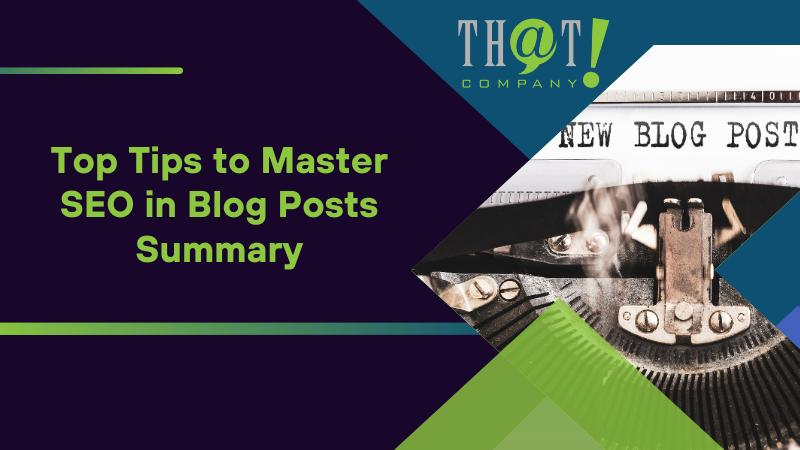
Summary
Mastering SEO for blog posts involves a blend of strategic keyword research, crafting engaging and SEO-friendly titles, writing high-quality content, and leveraging on-page and technical SEO techniques. By focusing on these elements, you can significantly improve your blog’s visibility, attract the right audience, and drive more organic traffic. Working with a white label SEO agency can also help enhance your strategy. Regularly updating your content and monitoring SEO performance are crucial steps to maintaining your blog’s relevance and authority over time.
As you implement these strategies, you’ll not only boost your search engine rankings but also create a more engaging and valuable experience for your readers. Remember, the key to successful blog SEO is consistency, quality, and a deep understanding of your audience’s needs. Keep experimenting, learning, and optimizing, and you’ll see your blog flourish in the digital landscape.

Frequently Asked Questions
What are SEO-friendly blogs?
SEO-friendly blogs are crafted to meet search intent by providing helpful, engaging, and informative content that adds value for readers. Focus on creating quality content that resonates with your audience, and watch your traffic grow!
What is the primary goal of SEO for blog posts?
The primary goal of SEO for blog posts is to boost your visibility on search engines, helping to drive more organic traffic to your content. Focus on optimizing your posts to reach a wider audience and grow your blog!
Why should I use long-tail keywords in my blog posts?
Using long-tail keywords in your blog posts is essential as they help reduce competition and allow you to quickly rank for specific searches, attracting a more targeted audience. Embrace this strategy to connect with readers who are truly interested in your content!
How can I avoid keyword stuffing in my content?
To avoid keyword stuffing, incorporate keywords naturally and focus on context while using synonyms and alternative phrases. This not only enhances readability but also improves your content’s effectiveness!
Why is it important to regularly update my blog content?
Regularly updating your blog content keeps it relevant and boosts its authority, which can significantly improve your search rankings. Stay on top of trends to engage your audience and drive more traffic to your site!










